Photo: guteksk7 / Shutterstock.com
The MacBook Pro trackpad not clicking can be frustrating as it hampers your productivity and navigation. However, there are several possible fixes that you can try to resolve the issue quickly and effectively.
In this article, we will provide a few of these troubleshooting steps. Read the article until the end to get a complete idea of the issue.
MacBook Pro trackpad not clicking: Possible causes
Several factors can contribute to the trackpad on your MacBook Pro not clicking as expected. Here are some common causes to consider:
- Physical obstruction: Accumulated debris, dust, or particles can obstruct the trackpad’s clicking mechanism, preventing it from functioning properly.
- Trackpad settings: Misconfigured trackpad settings or disabled click options may cause the trackpad not to register clicks.
- Low battery charge: If you have a MacBook Pro with a Force Touch trackpad, a low battery charge can affect the clicking functionality.
- Software issues: Glitches or conflicts within the operating system or trackpad drivers can cause the trackpad to stop clicking.
- Hardware malfunction: In some cases, there may be a hardware issue with the trackpad itself, requiring professional repair or replacement.
Also read: How to play Windows games on a Mac?
MacBook Pro trackpad not clicking: Possible fixes
Now that we have understood the potential reasons for the problem let us quickly dive into the fixes so that you can get back to finishing the work on your MacBook Pro:
Restart your MacBook Pro
Sometimes, the easiest solutions are the best ones, which is restarting your MacBook Pro. When you restart a device, it clears the RAM. So, any minor bug in the system gets cleared out, and the system starts afresh.
To restart your Macbook Pro, click on the Apple icon on the top-left of the display, then select Restart.
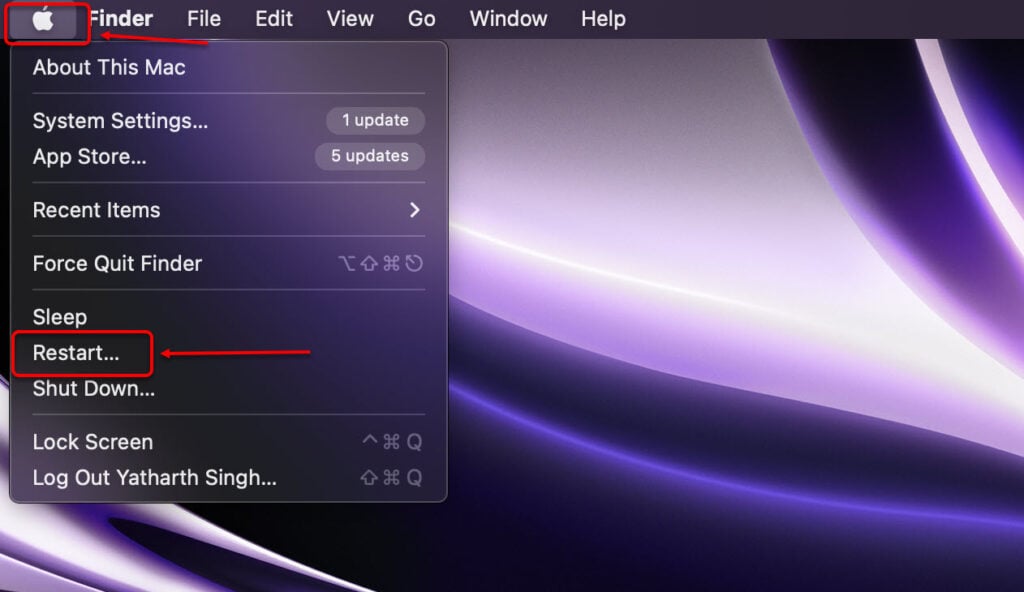
If you hadn’t tried it, go for it before moving on to the complex steps.
Use an external mouse
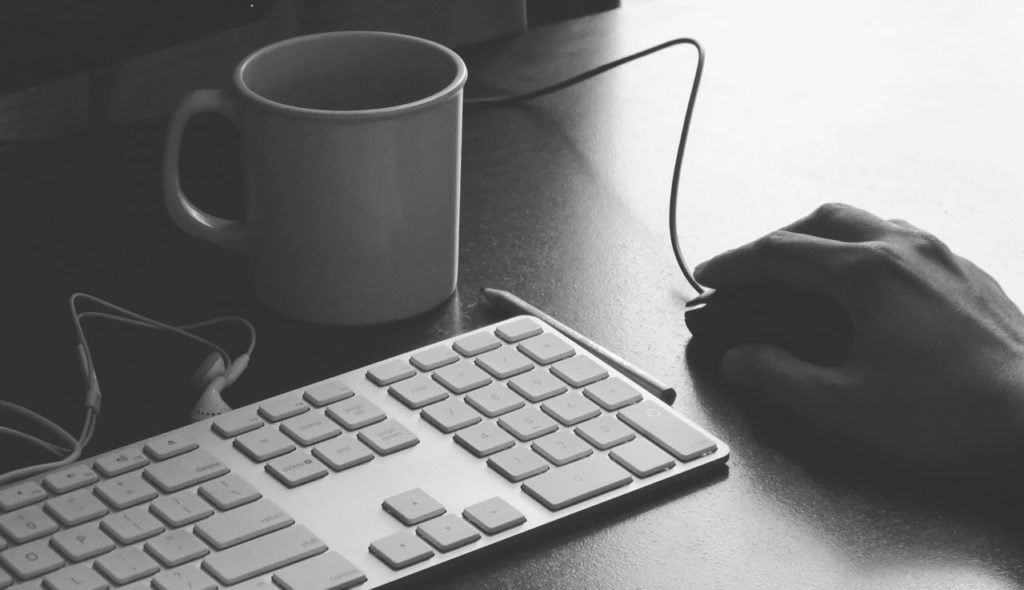
If you have some pending assignments that need to be completed now, you can use any MacBook Pro-compatible external mouse to complete the work quickly.
However, this is just a workaround and not a solution.
Disable Force Touch
Force Touch is a technology developed by Apple that enhances the functionality of trackpads and touchscreens. It allows for pressure-sensitive input, enabling users to perform different actions based on the pressure applied to the trackpad or screen. For instance, a light tap may be interpreted as a regular click, while a harder press can activate additional features or bring up contextual menus.
To turn off the Force Touch feature, follow the steps given below:
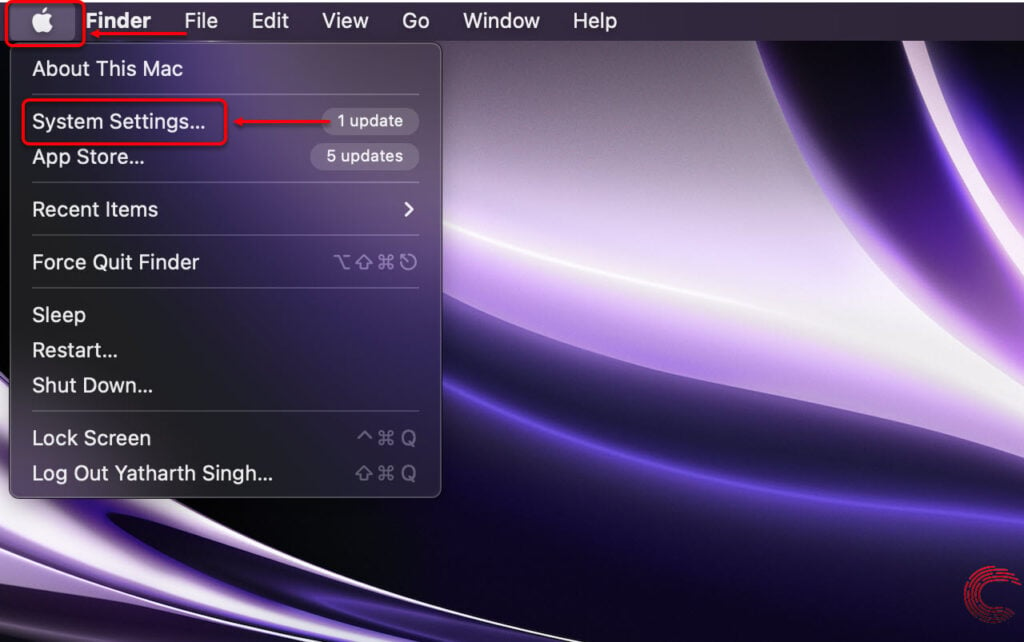
- Click on the Apple icon on the top-left and then select System Settings.
- Next, navigate to Trackpad > Point and Click, then toggle off the Force Click and haptic feedback option.
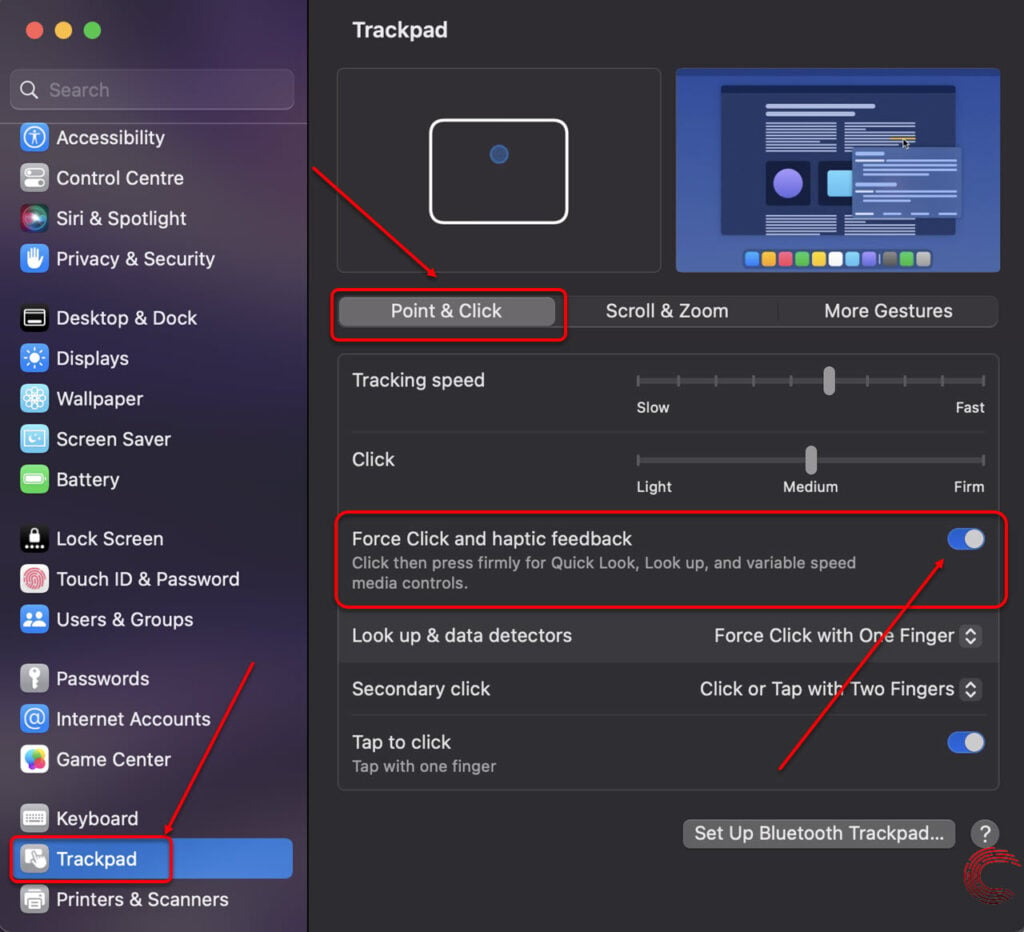
Also read: How to refresh on a MacBook?
Enable tap to click
Step 1: Open the spotlight search on your system using the command+space shortcut and search for Trackpad.

Step 2: Click on the checkbox next to Tap to click. If the same is not enabled, your system won’t register the taps on your trackpad as a click, and if you are used to this functionality, you might be under the impression that your trackpad is malfunctioning.

Step 3: Click on the checkbox next to Secondary click; enabling this will open the menu options on a separate window, and if you are facing issues in this department, making these changes will solve things for you.

Step 4: Adjust the scroll bars below Click and Tracking speed as per your preference.

Step 5: Click on the checkbox next to Force Click and haptic feedback. Making this change will enable Quick look, and if you were facing issues with the same, this change would fix the issue at hand.

Update macOS
Sometimes, updating the OS solves the problem easily. Here are the steps to update macOS:
Step 1: Go to Apple menu > System Setting.

Step 2: Then navigate to General > Software Update.

Step 3: If your Macbook has a pending update, click on Update Now and enter the password.

Reset NVRAM/PRAM
Resetting your Non-Volatile Random Access Memory (NVRAM) or Parameter RAM (PRAM) can help fix the issues with the hardware and settings. To reset NVRAM/PRAM, shut down your Mac, then press and hold the Command option + P +R keys simultaneously while you turn on the Mac. Keep holding the keys until you hear the startup sound twice.
Also read: How to fix Mac error 100060?
Restore system default
In the Finder or System Library, search and select the following files: com.apple.AppleMultitouchTrackpad.plist and com.apple.preference.trackpad.plist and press the Command + Delete shortcut to delete the files from your system.

Doing this will remove all user preferences for the trackpad on your system and restore it to default settings.
Run Apple Diagnostics
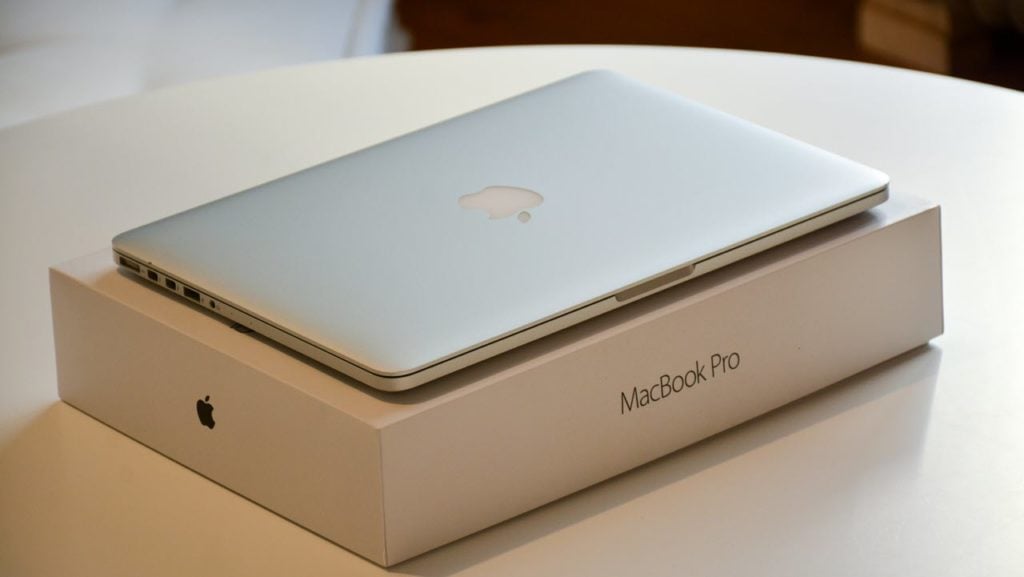
Running Apple Diagnostics can help identify any hardware issues that may be causing the touch bar to malfunction. To run Apple Diagnostics, turn off the Mac first and then press and hold the D key as you turn it back on. After that, follow the on-screen instructions to run the diagnostics.
Reset your Mac’s SMC
Resetting the System Management Controller (SMC) can also help fix the touch bar not working issue. The method for resetting the SMC depends on the specific model of your Macbook. You can find instructions for resetting the SMC for your specific model on Apple’s website.
Perform a clean install of macOS
If none of the above solutions works, you may need to perform a clean install of macOS. Before doing this, ensure all your important data is secured safely on the cloud or another device.
First, turn off your MacBook Pro and then press the power button to restart it. After pressing the button, press Command + R to go to recovery mode. From there, select Reinstall macOS.
Also read: Macbook Pro touch bar not working: Quick Fix
Frequently answered questions (FAQs)
Here are some FAQs related to this topic:
Why is my trackpad suddenly not clicking?
If your MacBook Pro touchpad suddenly stops clicking, check for dirt and debris first. You can slo restart the device to fix any minor bugs. If the problem persists, check out the steps in the article above.
Why is my MacBook Air trackpad not clicking stuck?
Press and hold the power button to restart the MacBook Air. Usually, this step works. If not, check out the other steps in the article above.
Also read: How to force quit on Mac?






